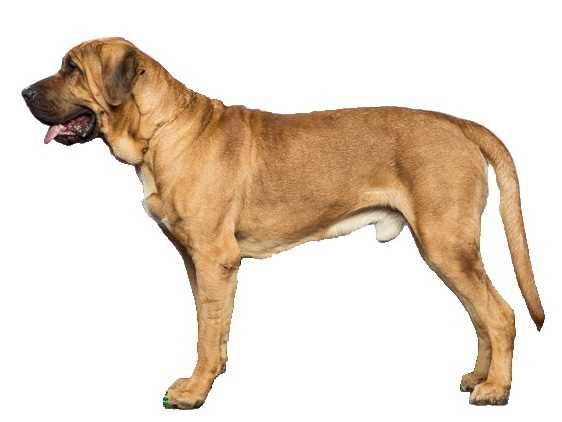The origins of the Hungarian Bracco dog breed are very difficult to trace. It is thought that they accompanied the Magyar tribes that migrated from the steppes of Asia, as early as the ninth century. These populations used these dogs for hunting. Initially, these tribes used a single species of dog, but over time larger dogs were selected for herding, especially for guarding, and smaller, more agile dogs for hunting.
Its ancestors were crossed with the Pannonian hound, from which it took many morphological characteristics, and also with the German hound, the Arabian greyhound and the Turkish yellow dog. These crosses were made between the fourteenth and fifteenth centuries. The purpose was to create a dog that could hunt even in particularly hostile environmental conditions. In fact, this is the aspect that today best characterizes the Hungarian Bracco.
This breed was almost completely extinct during the two world wars, when it was crossed with other breeds in an attempt to further improve its hunting skills, and the true breed risked disappearing. Fortunately, after the second world war, some dog lovers have maintained the breed that has spread to England, the United States, Germany and especially in Hungary. In Italy it is still a little known breed. The Hungarian Bracco is also known by the name of Vizsla.
Character of the Hungarian Bracco dog breed
The Hungarian Bracco is distinguished by its sweetness and affection that it carries especially to its master. Sometimes it even sticks morbidly, always looking for physical contact. It is also considered one of the most balanced dogs among the stationary dogs. It is very intelligent and loves to please its master, so it is a very easy breed to educate.
However it is mainly taken for hunting, so even though it is a dog that also gets used to being in an apartment, it would need to be busy and have physical and mental activity. So he is a dog that would have to have a hunter owner to be completely satisfied.
However, it is also an exceptional companion in daily life, where it fits quietly into the family context and also proves to be a great playmate for the little ones. It has also proven to be very suitable for Pet Therapy.
The Hungarian Bracco is also an excellent watchdog, and is never shy or aggressive and barks only when necessary. It needs to go out every day, even for long periods, so that it can let off steam; a garden where it can spend a few hours a day would be preferable to an apartment. It gets along well with felines and if socialized from an early age with dogs.
Appearance of the Hungarian Bracco dog breed
The Hungarian Bracco is a medium sized dog, the height at the withers for a male is between 58 and 64 centimeters, the weight oscillates around 30 kilograms, it is morphologically classified as a Braccoid type.
It’s very elegant in its movements, with a dry musculature; it has a natural predisposition to run, and is suitable for all types of hunting. There are two versions: one with short hair and one with hard hair, which is much rarer.
The long and agile paws are webbed, so the Hungarian Bracco is also an excellent swimmer. The tail is narrow and long.
The skull is broad while the muzzle, a little longer than the head, is tapered. The light brown eyes, in tune with the color of the coat, are oval, with an intelligent expression. The ears are set slightly back and flattened under the cheeks. The truffle is large and of the same color as the eyes and coat. The coat is short, light brown in color. The color is different shades of golden wheat, but always uniform.
The short-haired specimens have a close-fitting coat, rough and hard to the touch, without undercoat. Those with strong hair have a coat called “wire” well spread over the body, tight and opaque with a dense and waterproof undercoat.
Health and Care of the Hungarian Beagle Dog Breed
The Hungarian Beagle is generally a very robust dog, does not suffer from any particular diseases and has an average life span of around 13 years.
As far as health is concerned, it can suffer from hip dysplasia, but this malformation is, however, to a lesser extent compared to other bloodhounds. He is prone to stomach torsion and epilepsy.
For its health, it is important to maintain a slender line, both with movement and diet, which must be cared for and balanced according to the type of activity of the dog.
The hair should be brushed at least once a week and on occasion also a bath with dog shampoo and this is all that needs to be done to maintain a shiny coat.


